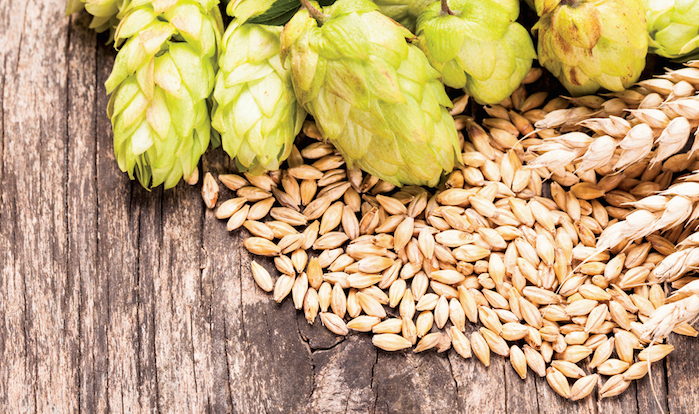Beer can be the ideal beverage in the sweltering summer heat, and the craft beer movement has certainly brought plenty of options. Not all are a fit for quenching thirst, however; I do not want an Imperial Coffee Porter after mowing the lawn in 97-degree heat.
One craft beer style that’s great for slaking thirst is sour beers. These have been growing in popularity in brewpubs over the last two summers, and it might be time for you to become familiar with them.
Worts and All
A little beer history first: Before the advent of clean, antiseptic, “modern” brewing, many beers were what we would now consider “sour.” Beer is made from wort (rhymes with squirt), a sweet liquid made by boiling malted grain in water.
While we want the yeast to eat most of the sugar in the wort to make alcohol, other microbes can thrive on this caloric feast. In the days before temperature control and sanitizing solutions, wild yeasts (those other than Saccharomyces) and various bacteria, especially Lactobacillus and Pediococcus, were in the air, and could end up in the wort.
The wild yeasts, like Brettanomyces, could add funky aromas to the beer, but the bacteria made acid—either lactic or acetic—and added sour notes to the beer. And when the beer was stored in wooden tanks or barrels, souring could happen because the wood fibers can harbor all sorts of what craft brewers often refer to as “beneficial bugs.”
As you might imagine, many European breweries have stuck to their traditional methods, and produce sour beers today. Many of them are in Belgium, where lambic beer is a beloved style.
Sometimes made with added fruit, lambics are produced in what looks like an ancient manner. The fermenters have no tops, and the breweries often have shutters rather than windows to let the local microflora enter the brewery—and the beer.
Lambics are usually made with Brettanomyces yeast or “Bret,” which works well with the bacteria. It also lends a note that some describe as “wet horse blanket”; some just call it a “farm” or “barnyard” aroma. While this may sound off-putting, you should try a Bret-fermented beer, like the famous Belgian Trappist beer orval (not a lambic), to see what Bret tastes like.
Another famous sour beer style from Belgium is Flanders Red, which has both lactic (bright, lemony) and acetic (vinegary) acids, and tastes a bit like beer with sherry vinegar in it. They are great with food, but can be a bit more challenging to the uninitiated.
The Sours of Summer
Two traditional German styles are a great fit for summer sipping: Berliner Weisse and gose. You can guess where the first one is from; it’s a blonde wheat beer with just a slight lactic tang. If you like sparkling lemonade, you will like this beer; think Blue Moon with a squeeze of lemon.
Germans will traditionally add either raspberry or woodruff (a sweet, green herb) syrup to the beer, resulting in a light, sweet-and-sour beverage. Many American breweries are now making this style of beer, such as Newburgh Brewing in New York, with its Checkpoint Charlie.
Another German style that has become very popular with American craft brewers is gose (pronounced GO-zuh), also wheat beer, but with the addition of coriander and salt. On its own gose can be a supremely refreshing beer, but it also takes on fruit flavors very nicely. There are versions with blood orange, grapefruit, cherry and even hibiscus.
Kettle-soured Brews
New American styles are emerging, many using the kettle-sour method. The souring is controlled in the brewery, and no souring takes place after fermentation.
Rather than the traditional method of letting nature run amok, brewers add the Lactobacillus to the tank; it creates acid, and then dies off during the boil. It’s neat and clean, and there is less risk of “infecting” the other beers.
A good example of this style is the Simple Sour from Peekskill Brewery in New York. It’s low in alcohol and has a light, clean and tart flavor.
So sour beers come in a broad range of styles, from fun to funky. Consider adding some to your seasonal beer lineup to introduce your guests to a great summer beer with a twist.
John Fischer is a professor at the Culinary Institute of America in Hyde Park, NY, and a former wine director at several New York restaurants.




